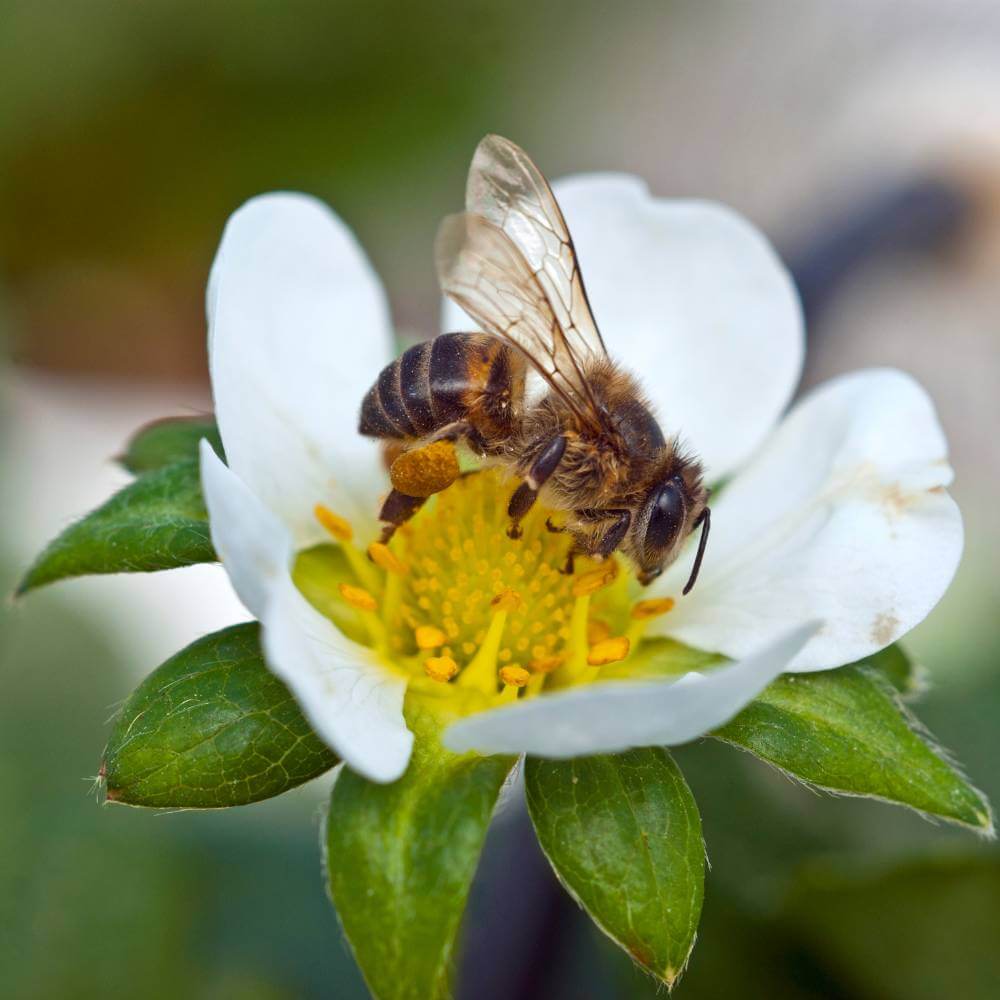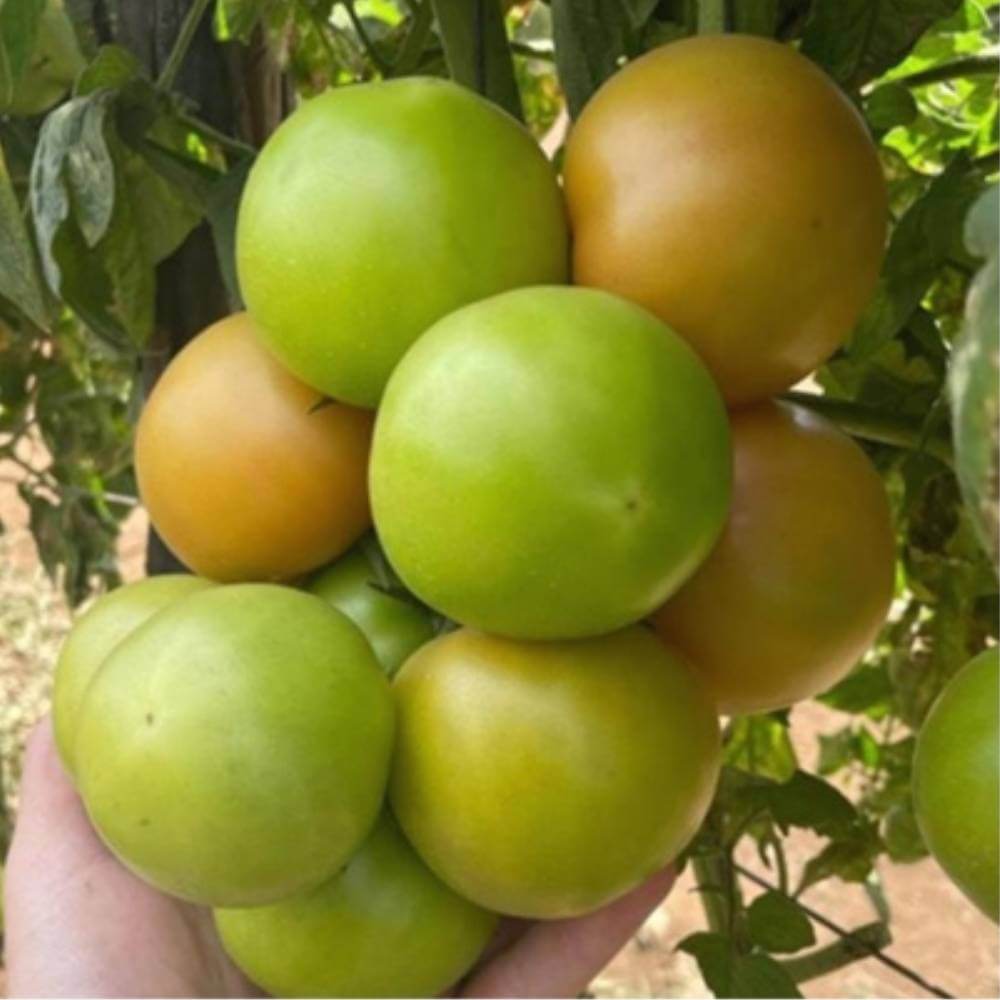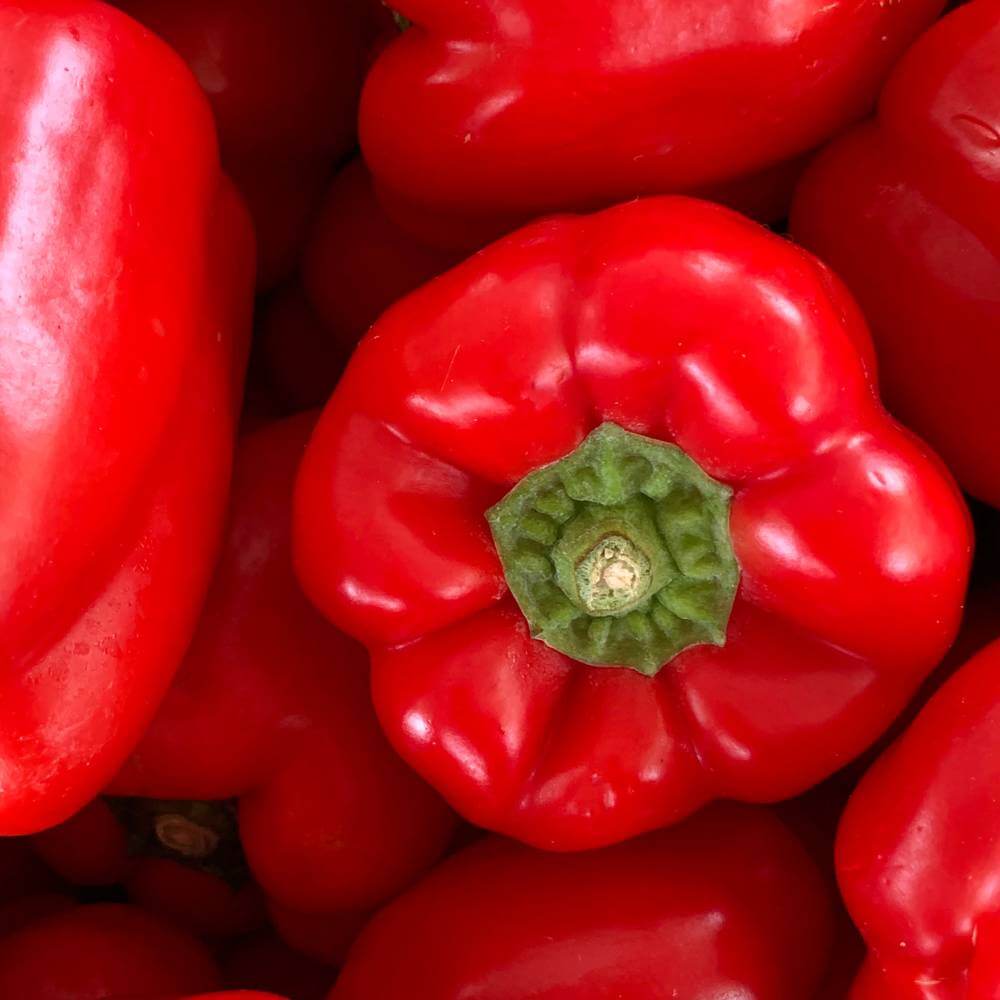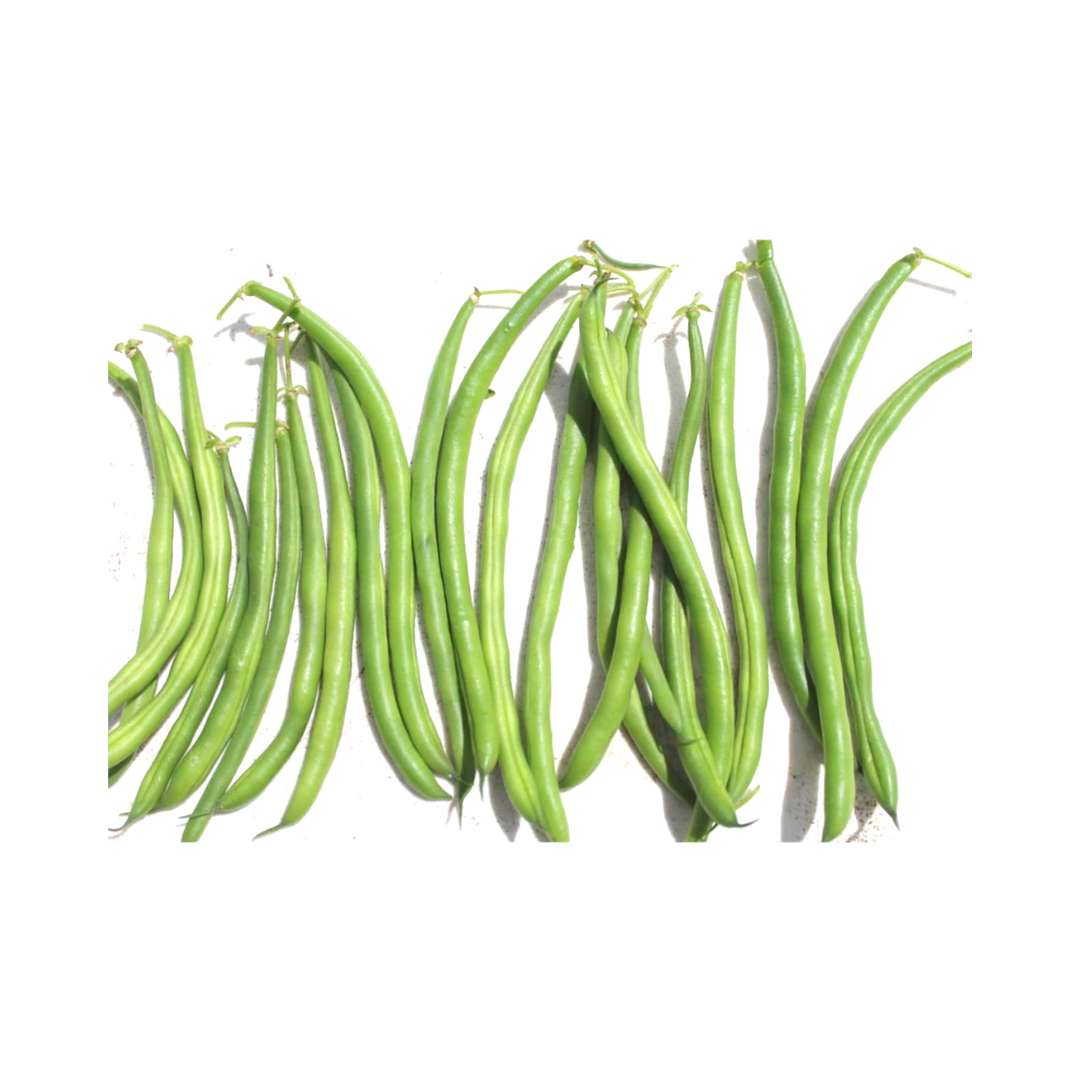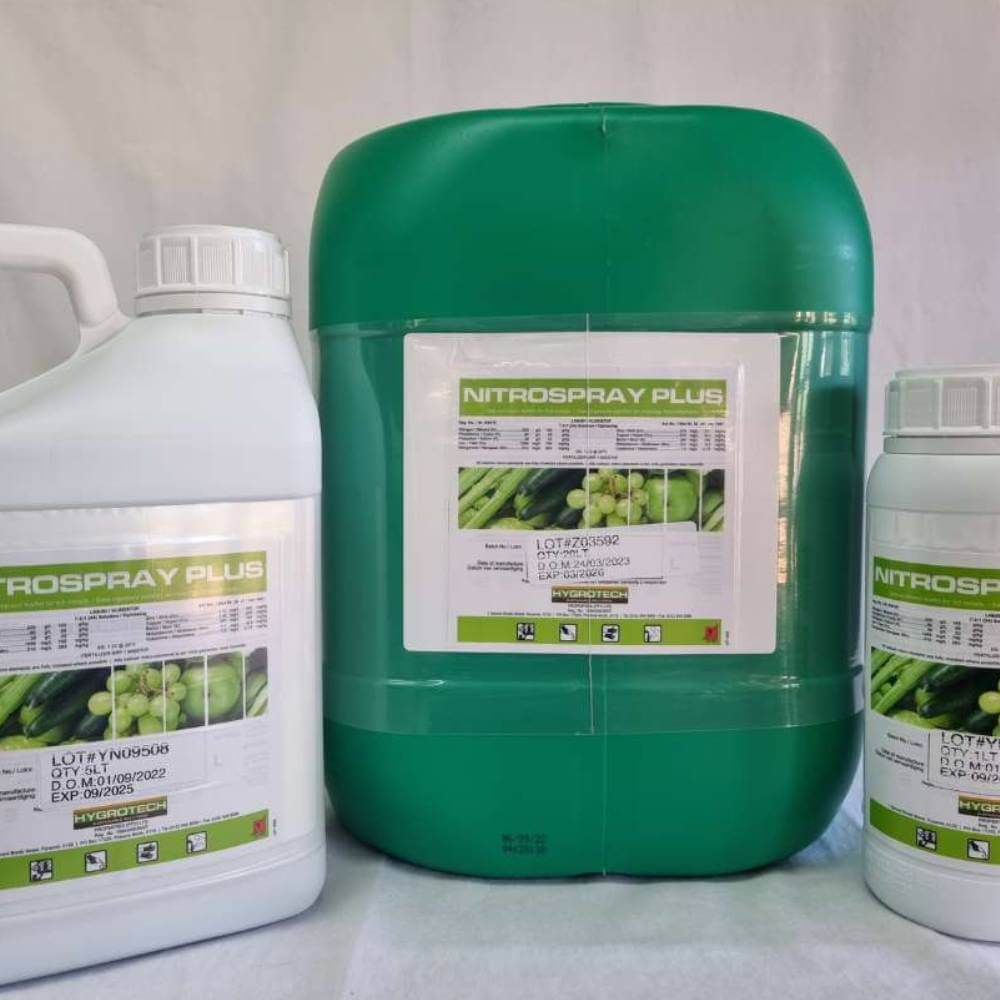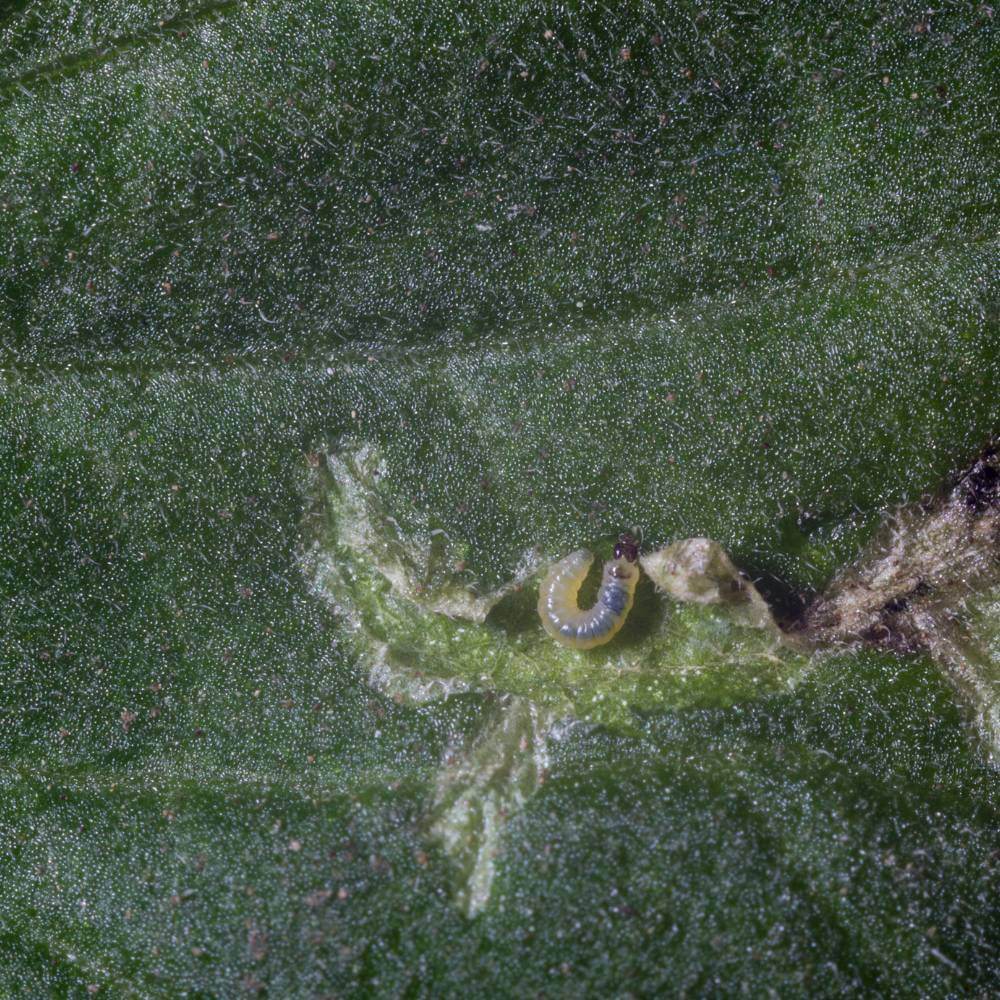Do’s
- Always follow the label instructions and pay special attention to pollinator warnings or precautions.
- Interrogate Agri-Intel (www.agri-intel.com) for pesticides that are registered for the purposes required; the labels are, however, the final port of call for safety and use instructions.
- Apply directly to the target plant and ensure minimal spray drift.
- Apply early evenings when bees have returned to their hives.
- Communicate with all beekeepers in the area and inform them of planned spray programmes.
- Scout the area for pollinators before applying.
- Be aware of spray residues and the amount of time they may still be toxic to bees.
- Remember that systemic insecticides have long periods of residual activity.
- Ensure that flowering plants or weeds that are attractive to bees are not in the area of application.
- Familiarize yourself with the product. Insecticides are the most hazardous to bees while fungicides and plant growth regulators have less impact.
- Ensure that equipment has been correctly calibrated for the application.
- Ensure to practice integrated pest management and only apply pesticides when absolutely necessary.
Don’ts
- Apply directly onto flowers. If no other option exists but to apply pesticides in bloom, do not apply directly onto the flowers.
- Apply while pollinators are active in the area that needs to be treated.
- Apply at night because inversion can prevent successful deposition of pesticides onto the target and cause serious drift.
- Apply any product that is not registered for the specific crop or application method.
- Apply during windy conditions, especially if foliar application is the only available option.
- Mix pesticides with substances that could be a lure for pollinators.
- Apply pesticides to standing water bodies.
Recommended
Plant bee-attractive indigenous flora like aloes and fynbos to lure bees away from crop areas where they may be at risk.
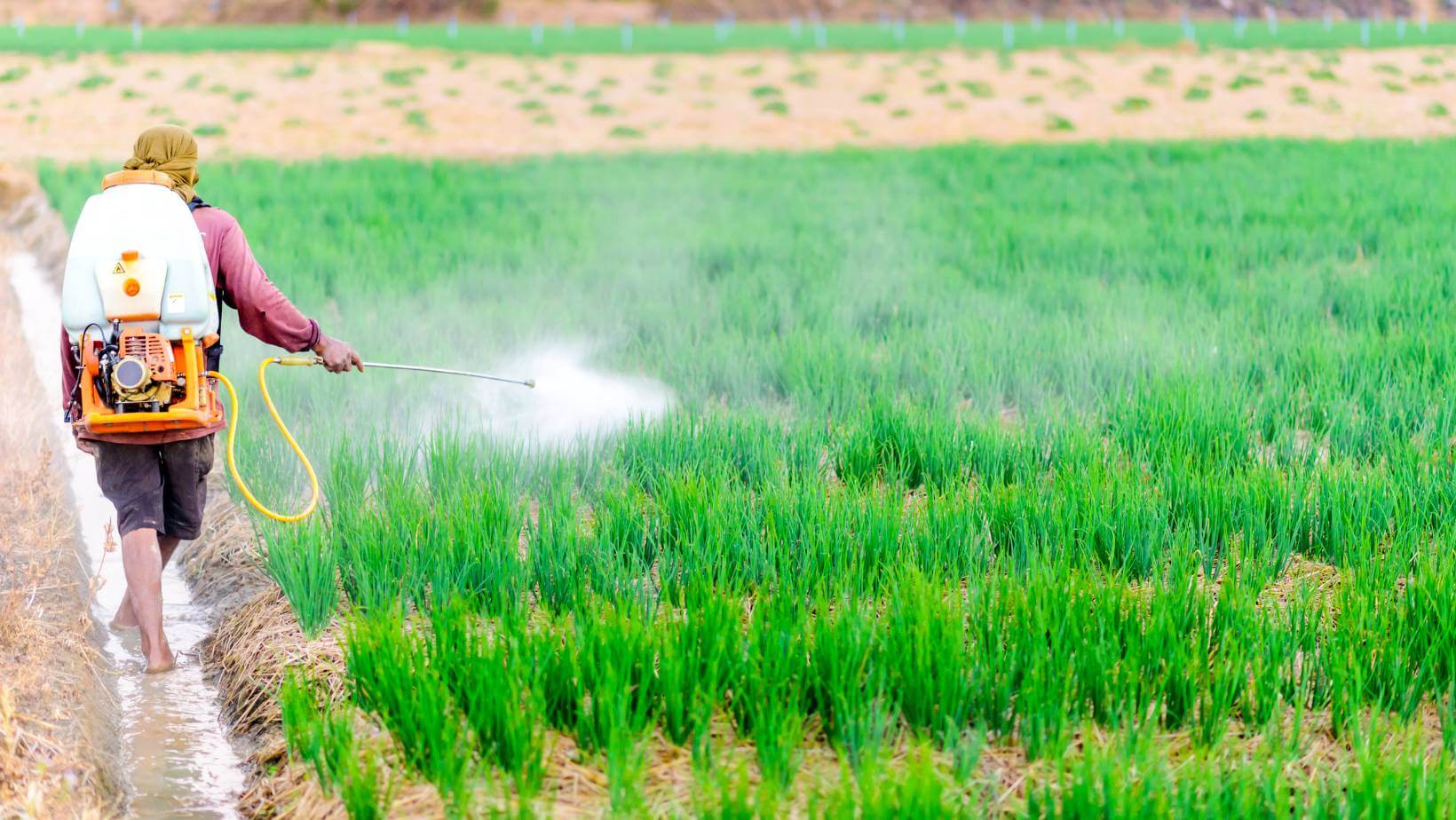
Written by: CropLife (www.croplife.co.za)

